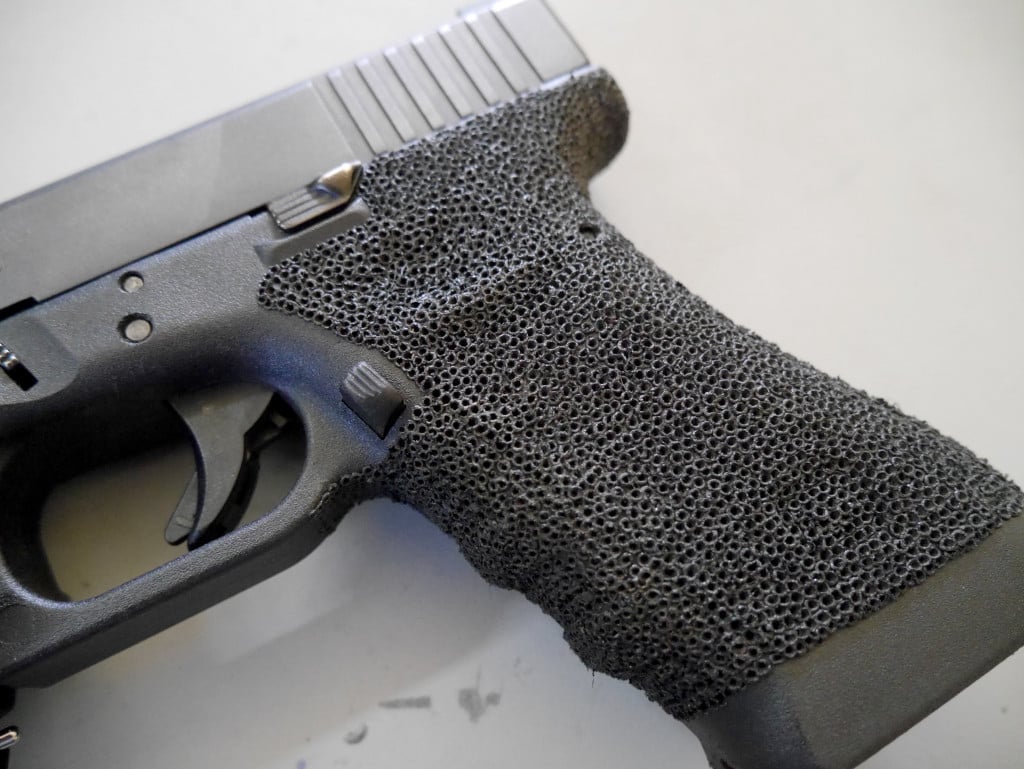Packard
Member
A popular aftermarket treatment of plastic gun grips involves “stippling”. I’ve never done this, but I can attest to the fact that the plastic grips on a Glock can get slippery if your hands are sweating.
The technique, I believe, involves a heated needle that is impressed into the resin.
https://www.google.com/search?q=stippling plastic&ie=utf-8&oe=utf-8&client=firefox-b-1-m

The technique, I believe, involves a heated needle that is impressed into the resin.
https://www.google.com/search?q=stippling plastic&ie=utf-8&oe=utf-8&client=firefox-b-1-m

